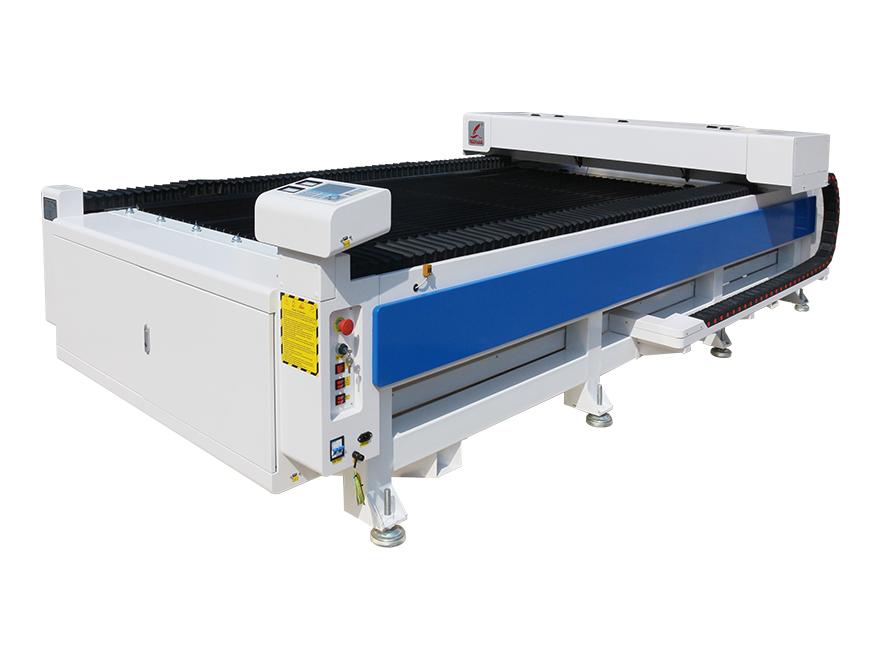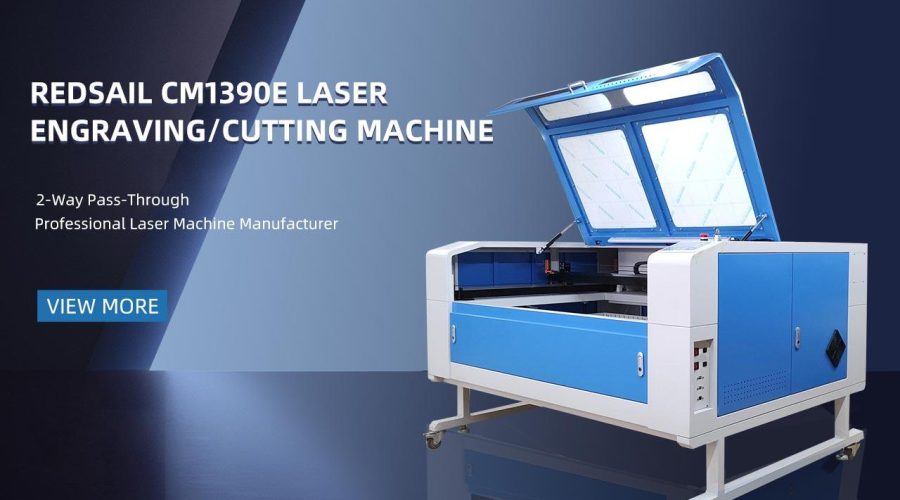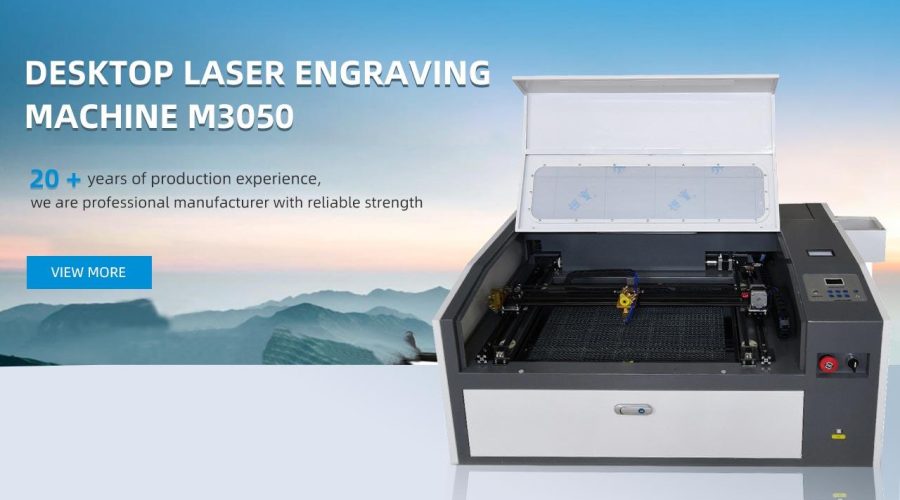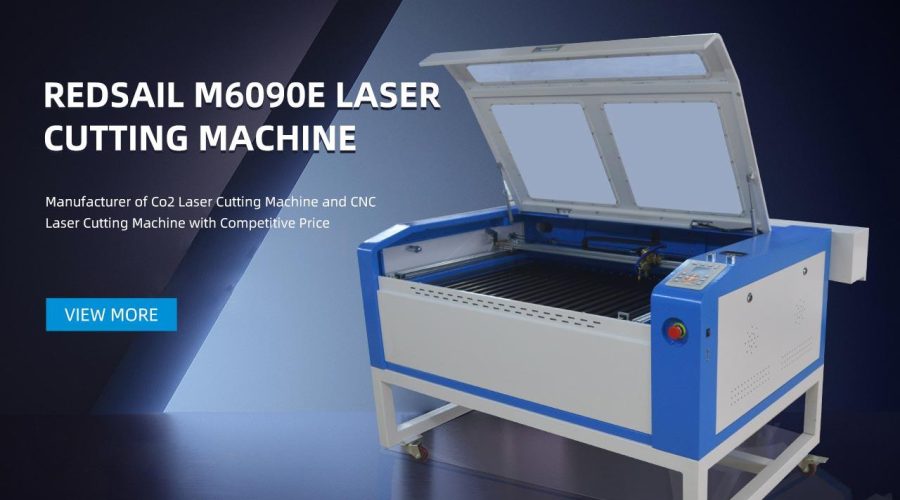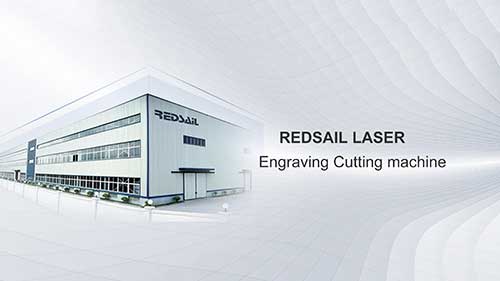Why Using a Laser Cutter on Wood is the Best Choice for Precision Crafting
When it comes to precision crafting, using a laser cutter on wood is the best choice. Laser cutting technology offers unmatched precision and versatility, making it a popular choice for woodworkers, craftsmen, and artists alike. In this article, we will discuss why laser cutting is the ultimate tool for creating intricate designs and detailed projects out of wood.
The Precision of Laser Cutting
Laser cutting is a high-precision cutting technology that uses a focused laser beam to cut through materials with extreme accuracy. When using a laser cutter on wood, you can achieve precise cuts with clean edges, sharp corners, and intricate details that would be difficult to achieve with traditional cutting methods.
Unlike traditional cutting tools like saws or routers, laser cutters can cut through wood with minimal kerf width, which means less material is wasted during the cutting process. This results in more efficient use of materials and greater cost-effectiveness for your projects.
Additionally, laser cutting is a non-contact cutting method, which means that the laser beam does not physically touch the wood during cutting. This reduces the risk of damage to the material and ensures that the finished product is free from any marks or blemishes that can occur with other cutting methods.
The Versatility of Laser Cutting
Another reason why using a laser cutter on wood is the best choice for precision crafting is the versatility of laser cutting technology. Laser cutters can be used to cut, engrave, and etch a wide range of materials, including wood, acrylic, plastic, leather, and more.
With a laser cutter, you can easily create custom designs, intricate patterns, and personalized details on wood surfaces. Whether you are working on woodworking projects, home decor items, or custom gifts, a laser cutter provides endless possibilities for creativity and customization.
Furthermore, laser cutting is a highly efficient and time-saving process. The speed and precision of laser cutting technology allow you to produce multiple pieces quickly and accurately, making it ideal for mass production or custom manufacturing projects.
The Quality of Laser Cutting
One of the key benefits of using a laser cutter on wood is the superior quality of the finished products. Laser cutting provides consistent results with high precision and accuracy, ensuring that each piece is cut to exact specifications.
Laser cutting also enables you to create complex designs and intricate details that would be difficult or impossible to achieve with other cutting methods. Whether you are cutting delicate patterns, intricate shapes, or fine lines, a laser cutter can handle even the most intricate designs with ease.
Additionally, laser cutting produces smooth, clean edges that require minimal finishing work. This results in a professional-looking finish that enhances the overall quality and appearance of your projects.
- Precision cutting with clean edges and sharp corners
- Versatile cutting, engraving, and etching capabilities
- Efficient and time-saving process for mass production
using a laser cutter on wood offers unparalleled precision, versatility, and quality for your crafting projects. Whether you are a hobbyist, DIY enthusiast, or professional woodworker, a laser cutter is a valuable tool that can take your projects to the next level.
FAQs
What types of wood can be cut with a laser cutter?
A laser cutter can cut a wide range of woods, including plywood, MDF, balsa, hardwood, and more. However, the density and thickness of the wood will affect the cutting speed and power required for the process.
Can a laser cutter engrave on wood?
Yes, a laser cutter can engrave detailed designs, text, and graphics on wood surfaces. By adjusting the laser settings, you can control the depth and intensity of the engraving for different effects.
Is laser cutting safe for wood materials?
With proper safety precautions and maintenance, laser cutting is a safe and efficient method for cutting wood materials. It is important to follow the manufacturer’s guidelines and maintain the equipment regularly to ensure safe operation.

